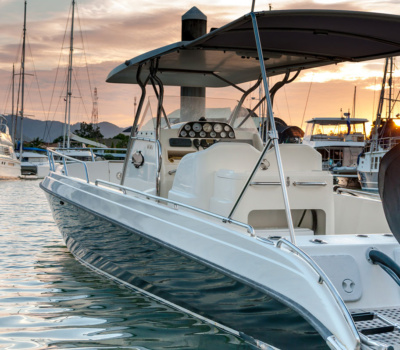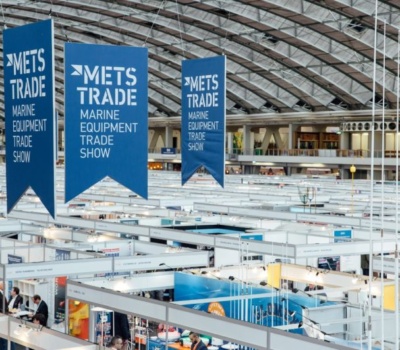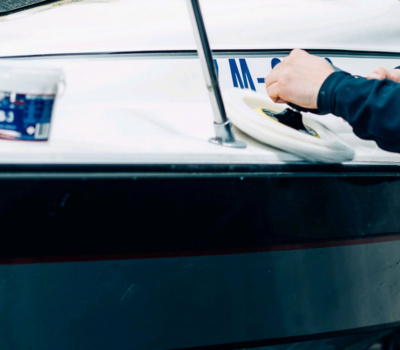Due to the different preferences of the users of polishing pastes, we have a proposal of new, convenient packaging for the S07 HEAVY CUT and S08 INDUSTRIAL FORCE CUT polishing paste.
Until now, these two pastes have been sold in buckets. Now they will also be available in bottles with a pull / push cork. The contents of the packages are identical amount 1 kg for buckets and bottles . Both products have been designed for shipyards and laminate processing plants.
The S1 PREMIUM polishing compound will be available in a 100g bottle. This amount is ideal for those who would like to test Sea-Line paste or have a small touch-up to polish. It is a product intended primarily for those who do not have experience, but would like to polish their boat safely and independently.


We are expanding our offer by introducing two new products that will provide boat enthusiasts

Come and join us at METSTRADE 2023, METSTRADE the best event for marine industry professionals,

Visit us and our production plant without traveling

New in the 2023 season is a new polishing wool The new black and white
If the scratches are not deep, then we can renew the scratched side by polishing with Sea-Line polishing pastes. Above the waterline, when the scratches are not deep, the surface can be repaired with a DRY FAST gel coat filler. Deep scratches should be filled with epoxy filler (selected depending on the requirements of the scratched surface), painted with a primer and then painted with topcoat.